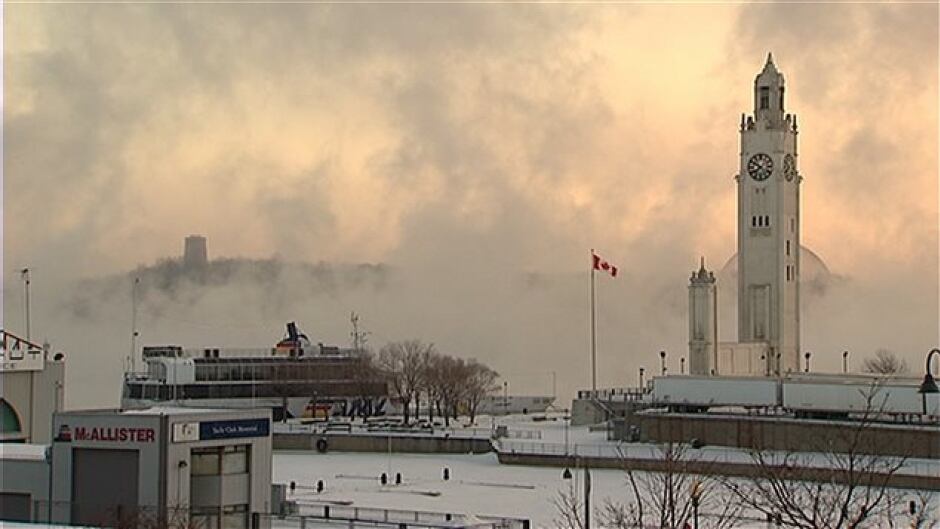
How City Population Can Impact Your Home’s Indoor Air Quality
Living in a bustling city comes with many benefits, such as convenient access to amenities, entertainment, and work opportunities. However, the increased population density also has implications for the quality of air inside your home. Here’s how:
Increased Outdoor Pollution
Higher population density often results in increased vehicular traffic, industrial activities, and waste production, all contributing to outdoor air pollution. This polluted air can infiltrate homes, leading to poor indoor air quality.
Limited Ventilation
In densely populated cities, homes are often closely packed, which can limit natural ventilation. Poor ventilation can trap pollutants inside the home, deteriorating indoor air quality.
Noise Pollution
High population density often means higher noise levels, prompting people to keep windows closed, limiting the natural exchange of indoor and outdoor air.
Allergens and Contaminants
Urban environments often contain higher concentrations of allergens like pollen, dust, and pet dander, which can compromise indoor air quality.
Real-World Implications and Solutions
If you live in a densely populated city and are concerned about indoor air quality, our Certified Indoor Air Quality Testing Technician (CIAQTT) course can provide valuable insights. The course offers step-by-step guidelines and real-world examples for testing and improving indoor air quality.
External Resources
For more in-depth research and statistics on how population density affects air quality, visit the World Health Organization (WHO) website.
Conclusion
City living can have its downsides, especially when it comes to the quality of air in your home. By being aware of the factors that contribute to poor indoor air quality and taking proactive steps to mitigate them, you can ensure a healthier living environment for you and your family.



